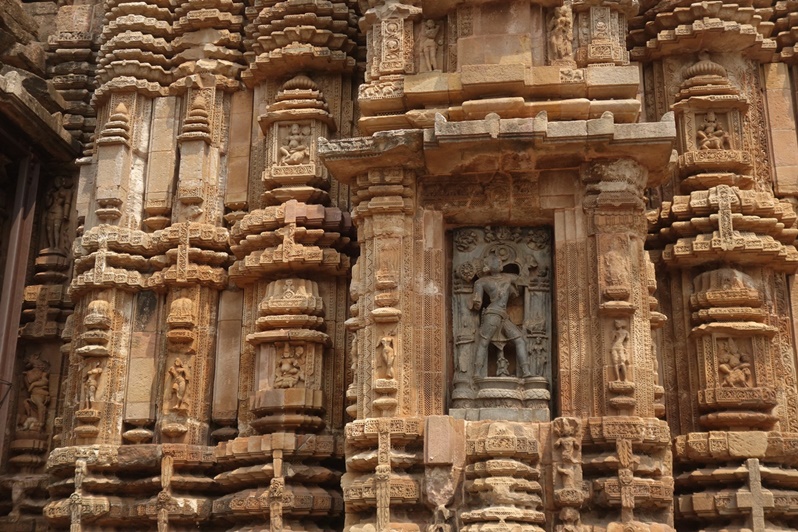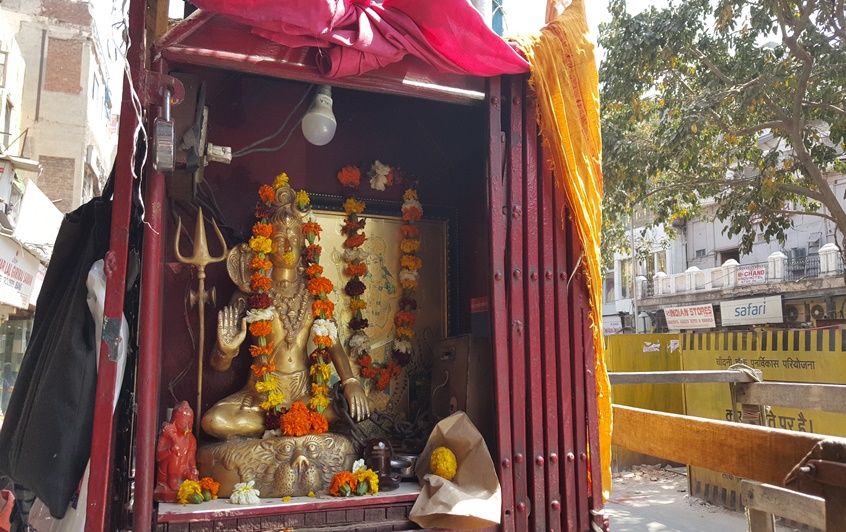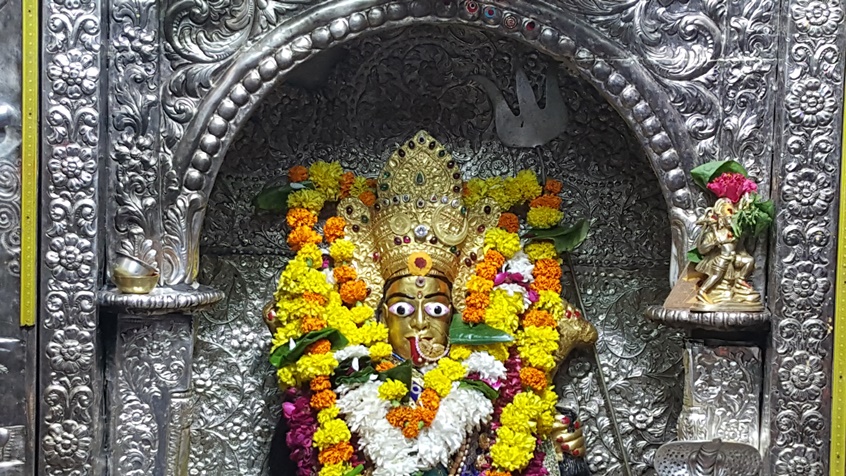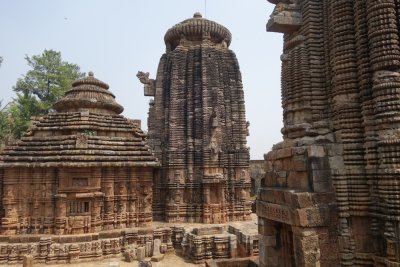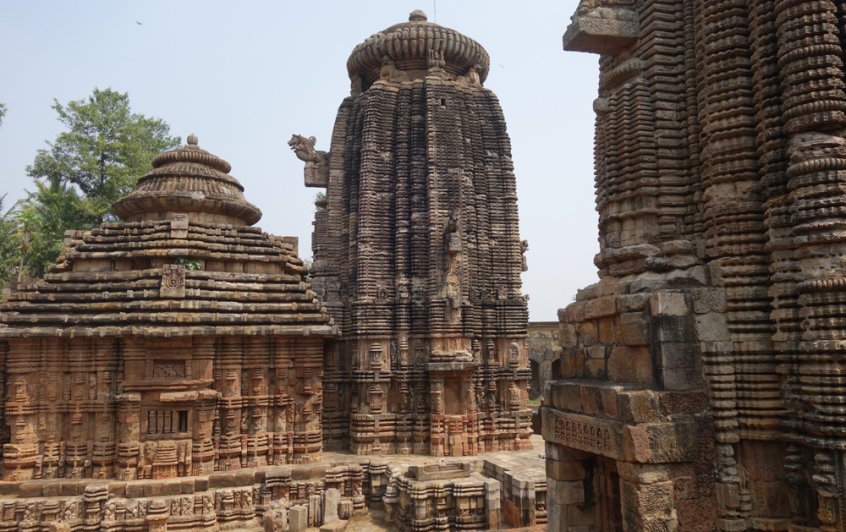
par Bertrand Bellaize, le 17 décembre 2019
Une brève histoire de l’art en Inde 3 : période médiévale et empire Chola
Une nouvelle dynamique sculpturale
La représentation de Bouddha est humaine et statique. Dans l’hindouisme, le dynamisme prévaut : Shiva ou Ganesh dansant, Kali dansant sur le corps de Shiva, Durga terrassant le démon buffle...Les divinités ont souvent de nombreux bras qui suggèrent le mouvement tout comme les véhicules animaux qui les accompagnent.
La sculpture sacrée est conçue comme un des modes de transmission spirituelle : la divinité, sa posture, les mouvements de son corps, sa coiffure, les attributs choisis... sont sources d’enseignement.
De nombreux styles régionaux se développent durant cette période, étroitement liés aux royaumes locaux : le style dominant est alors enrichi de particularismes propres à chaque région. Ainsi bien que la sculpture sacrée réponde à des conventions, une grande richesse d’expression et de style fleurie en Inde, : par exemple il existe un très grand nombre de représentations de Ganesh : son « visage » seul, prend de multiples formes en fonction du style, du lieu de production et de ce qu’il incarne. : savoir, richesse, chance…. Aujourd’hui encore la créativité est toujours vivante, de nouvelles formes apparaissent, souvent dans un style très épuré.
Une période médiévale riche et agitée
Pendant notre période médiévale (8°-13°) l’Inde se divise en multiples royaumes aux frontières changeantes. On peut citer quelques écoles prépondérantes.
L’école Pala (8-11°) correspondant au Bengale et au Bihar actuel, l’école de Sena, succède au Bengale à celle des Pala : cette dynastie est adepte d’un hindouisme orthodoxe. Le style des temples se caractérise par une tour-sanctuaire curviligne (Sikhara) précédée d’une salle hypostyle (mandapa). Les temples de Muktesvara et de Rajarani (Bhubaneswar) sont parfaitement représentatifs de ces réalisations architecturales où la maîtrise de la sculpture est parfaite.
La période faste des Chola
Dans le sud hindouiste, la dynastie Pallava domina l’Inde du 4° au 9° siècle après J.-C. : elle est connu pour avoir édifié le magnifique ensemble de monuments à Mahaballipuram (taillés dans le granit) mais c’est surtout la dynastie Chola (9°-13°) qui lui succède, qui est célèbre pour son art statuaire : cette époque marque l’apogée du bronze. Il correspond aussi à une période où les divinités commencent à sortir des temples pour être montrées, honorées lors de processions.
Les artistes Chola sont reconnus pour la grande qualité de leur travail, la grande finesse, l’élégance de leurs réalisations : ils utilisaient la technique de la cire perdue.
Le modèle le plus représentatif est le Shiva Nataraja : le roi Shiva dansant entouré du disque de feu.
A partir du 11° siècle, l’Inde du Nord subit les assauts répétés des musulmans, turcs, moghols qui la conquiert progressivement, l’Inde du Sud, et notamment la dynastie Vijayanaga (14ème / 16ème) lui résiste avant l’arrivée du Royaume Uni. A partir du 13° les styles artistiques évoluent peu mais font preuve d’une belle résistance aux influences étrangères.
